Know Your Troll
Imagine, if you will, the following scenario:
You’re on YouTube looking for a song by your favorite singer (for the sake of this story, your favorite singer is Adele). You click on Adele’s music video and, once it starts playing, start to sift through the comments below. Although most of the comments seem normal, you notice a lot of people are replying to one particular user: Trollolol123.Trollolol123’s comment reads, “This song would be much better if, instead of singing, Adele cooked and cleaned. Y’know, like bitches are supposed to do. And Blacks too.”
Enraged at the absurdity of such ignorance, you immediately jump on the bandwagon and reply to Trollolol123. You tell your friends and, later on, question how someone could be so awful. It unsettles you.
Unwittingly, you have just played into the hands of a troll, a new generation of technological troublemaker.
You’ve become another casualty of this guy:
In her 2012 essay “Phreaks, Hackers, and Trolls: The Politics of Transgression and Spectacle” anthropologist Gabriella Coleman writes on the spectacle created by the actions of our generation’s iteration of a hacker: the internet troll. She defines them as “a class of geeks who . . . cause the Internet grief, hell, and misery”(110) for no reason other than the “lulz”, an easier way of saying what Wired Magazine's Quinn Norton referred to as schadenfreude. Similar to phreaks and hackers of 80s and 90s, a troll thrives on using their knowledge of technology to create chaos. Sometimes the chaos appears in the form of a distributed denial-of-service attack (DDoS attack) and other times trolls will document trace (Dox) their targets, a technique that complies and then displays a person’s personal information for everyone to see. But, perhaps more commonly, being trolled is mostly seen as someone provoking groups of people into emotional responses (see: intro). In her examination of the politics of hacker culture, Coleman is critical of the ecosystem being created by the multitude of trolls online and, because of dissimilarities from the traditional hacker, questions “[if] trolls even deserve a place in the historical halls of hacking?”(114) A question that I will briefly explore and discuss in this entry.
Trolls can be seen as the [un]fortunate result of the digital age; a counterculture ushered in through the same door that was held open for Facebook, Yahoo!, and Lolcats. The phrase “Faustian bargain” comes to mind when describing our current situation: we quickly embraced the Internet’s appealing offer (“everything for free*!!!”) with little regard for the fine print accompanying the asterisk. Trolls are the unforeseen result of openly and unquestioningly adopting the Internet; they’re seen as the byproduct of an ever-present interconnectivity—the unintentional (if not unavoidable) result of putting millions of people together with almost complete anonymity. When viewed through the “trickster”(115) title that Coleman uses to describe hackers and phreaks, the new generation can be viewed as almost similar to their morally questionable predecessors, all of them wanting nothing more than to unsettle something. However, unlike their predecessors, trolls place immense value on “pranking and offensiveness for the pleasure it affords”(112) and rarely stop to reflect on the morality of their actions which, in turn, gives most of them the agency to behave devoid of ethical code.
However, before you ring the town bell and raise a pitchfork, it needs to be said that not all trolling is entirely bad and not all trolls are purely bad guys — some, like activist group Anonymous, fall under the trope chaotic good because of their willingness to publicly troll on a massive scale in order to raise awareness to social issues. Coleman refers to Anonymous as a “group of trolls”(110), which ends up lumping their actions together and with the previously described version of internet troll. Today, while still trolling the public to a much lesser extent, Anonymous has evolved into a decentralized and autonomous hacker organization that has moved on to more pressing matters like political activism and social injustice. Similar to hackers of old, Anonymous has made waves throughout media outlets around the world by using its collective power to try and do good, albeit through morally questionable means. The aforementioned chaotic good tagline comes from their willingness to champion vigilantism in order to promote good, something that has brought them both praise and scorn.
The question still remains: do trolls deserve a place in the halls of hacking history? Why shouldn’t they? The hacking culture that exists today is an evolution of its earlier iteration, one that existed within the primitive Internet of the late 80s and early 90s. Even though she quotes the infamous hacker UNIX Terrorist as saying “the end is —ing nigh” with regards to hacking culture, it's something I’d ultimately disagree with. Just like some hackers and phreaks, some trolls are a menace to society, pushing the patience (and sanity) of individuals and organizations to the breaking point. But, on the other side, trolls have also shown the ability to organize groups of otherwise disconnected individuals in order to work towards the betterment of society and promote issues that would (otherwise) be ignored. Why shouldn't we give them a spot within the historical halls of hacking?
I’ll finish by quoting Quinn Norton from her 2011 piece “Anonymous 101: Introduction to the Lulz,” where she says “you're never quite sure if Anonymous is the hero or antihero. The trickster is attracted to change and the need for change, and that's where Anonymous goes.”

